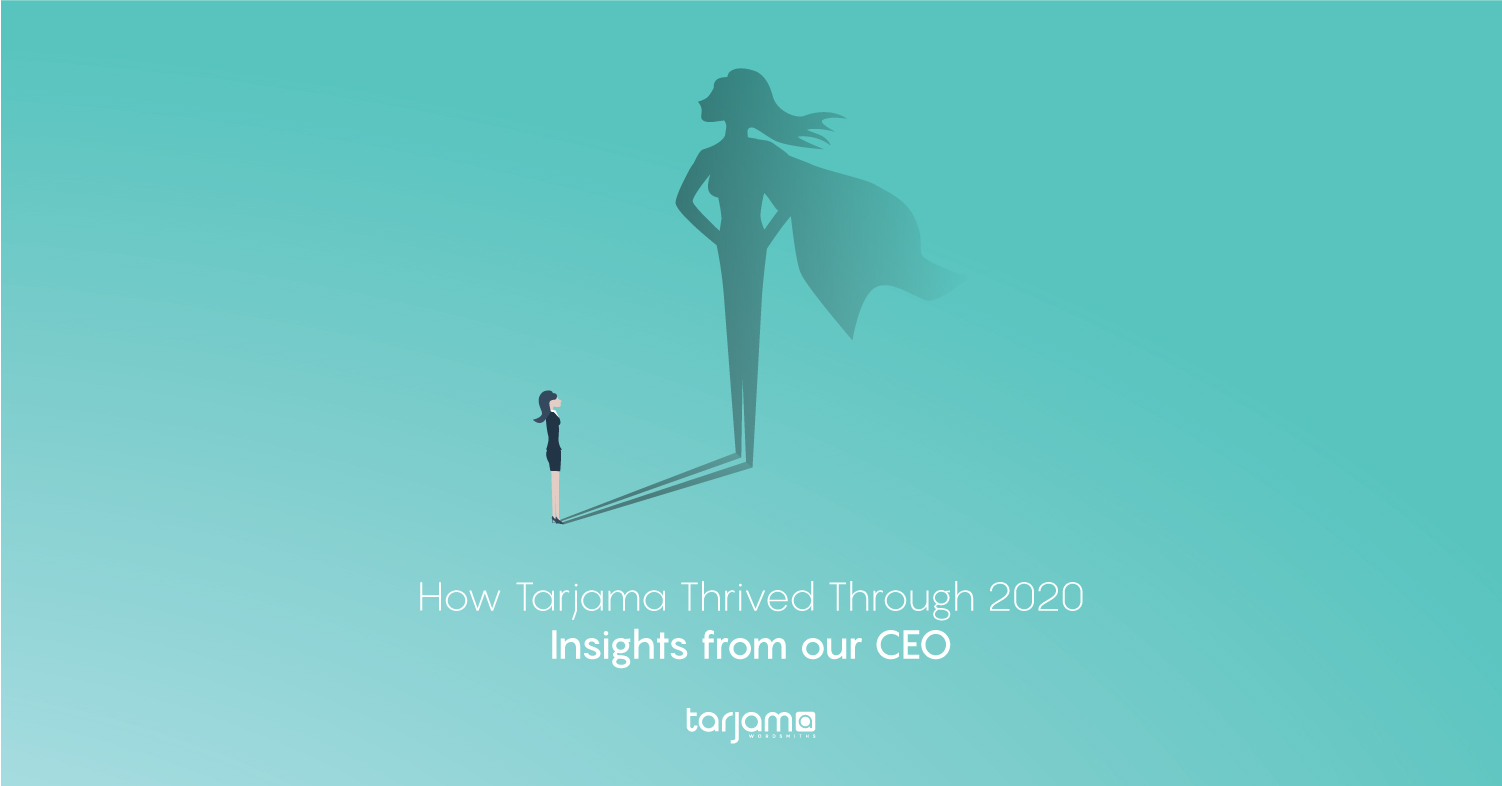Women face numerous barriers in their quest for career success and financial independence. Nowhere more so than in countries in the Middle East and North Africa. Despite consistent efforts to increase diversity within the workplaces in MENA, the region still maintains the lowest global representation for women in the workforce.
While one may be tempted to blame societal pressures to conform to traditional roles and the inequality experienced between genders in the workplace, it is also important to note that workplaces have not been traditionally designed to accommodate the needs of women. Only 1 in 5 women in the MENA region are gainfully employed, according to recent statistics by the ILO.
This inspires the question, where are the women? Have they been left behind by unimaginative organizational structures for paid work?

‘Gig’ for Engagement
This misalignment between traditional employment models, and the supportive/accommodative systems that women require for an accommodating work environment, cause many talented female workers to give up their traditional 9 to 5 jobs.
There is where we throw it back to the gig economy, which many experts agree might be the solution to the 21st century problem of workplaces not being catered for women, least of all, the large percent of women in the MENA region that are housewives, or are unable to afford outside childcare, who could appreciate the opportunity to work from home.
The freelancing work model, an important key feature of the gig economy, has therefore emerged as triumphant for women. Within this freelance model, individuals get to decide for themselves which work to take on, and where to work from, changing employers and tasks often, sometimes on a daily basis.
Yes, these ‘gigs’, a shortform for engagement coined by Jazz musicians to describe short term work, don’t tend to last very long, that’s why freelancers end up facing this next question.
To Gig or not to Gig
Working on a task-by-task basis allows job seekers within this industry of freelancing to retain a significant amount of labour autonomy and flexibility within their schedules. The flexible hours help women from the MENA region, who are often expected to fulfill their roles as mothers and family bearers while still showing up to work on time and maintaining an excellent work-life balance.
Additionally, payments within the gig economy tend to occur after each task or milestone is achieved, which gives freelancers an upper hand at maintaining financial liquidity regardless of the state of the overall economy. In fact, salaried workers depend on the stability of the economic environment for the guarantee of their monthly paycheck.
Furthermore, technology has allowed for a considerable variety of opportunities that were previously inaccessible to women. Bbeing able to communicate via a digital interface rather than one-on-one is a protection against labor rights abuses and bias more generally.
More MENA women, thanks to the gig economy, are now experiencing what it feels like to be beneficiaries of equal opportunity in the workforce.

Final thoughts…
Women from the MENA region stand to benefit significantly from the autonomy, flexibility, and financial freedom afforded to them thanks the gig ecosystem. Innovations in the IT sector, like the Internet, facilitate the communication processes and remote work cultures. This increases the participation of MENA women in the working place and opens doors to opportunities that weren’t there before.







